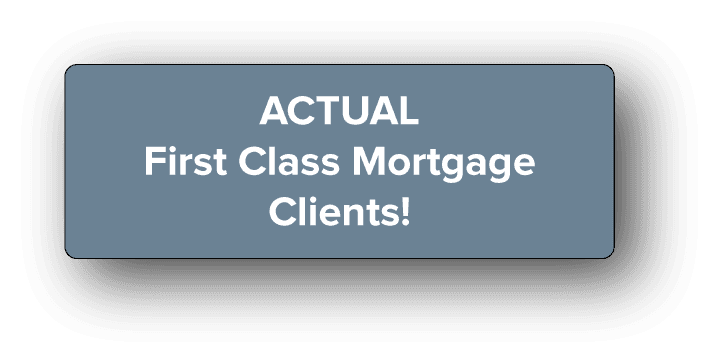Key Takeaways
- Property taxes in Minnesota vary widely by county and impact your total monthly housing cost.
- Hennepin and Ramsey Counties have higher rates due to urban services and larger populations.
- Many smaller counties offer lower property taxes and better affordability for long-term buyers.
- Use county assessor websites to explore local rates, exemptions, and tax history.
- Combine tax data with insights from average house price in Minnesota and Minnesota living cost to make smarter decisions.
County-by-County Tax Guide for Minnesota Homeowners
Understanding property taxes is key to managing your homeownership budget in Minnesota. Each county calculates taxes a little differently, and rates can vary based on school districts, local levies, and home assessments. This county-by-county tax guide helps homeowners, buyers, and investors compare property taxes across Minnesota and make smart financial decisions based on location.
Below, we break down how property taxes work, what influences your tax bill, and what you can expect in key Minnesota counties.
How Property Taxes Work in Minnesota
Property taxes in Minnesota are calculated based on your home’s assessed market value, multiplied by the tax capacity rate set by your county, school district, and city. Homestead status, special assessments, and school referendums can all affect your final amount.
Counties reassess properties every year, and changes in market value or local budgets can result in increases or decreases to your bill. While the cost of living in Minnesota remains moderate overall, property taxes play a big role in your monthly housing expenses.
Why County-Level Tax Differences Matter
A homeowner in one county could pay hundreds more than a similar homeowner in a neighboring county. Understanding tax differences helps when choosing where to buy, especially if you’re comparing cities or weighing the cheapest place to live in Minnesota.
It’s not just about the rate—it’s about what your taxes support, including schools, emergency services, and local infrastructure. Some counties offer better services or incentives with only slightly higher tax rates, making them more attractive for long-term living.
Hennepin County Property Taxes
Home to Minneapolis, Hennepin County often has some of the highest property taxes in the state due to its population size, public services, and school districts. The average effective tax rate is around 1.3% to 1.4%. While living in Minneapolis has its perks—like public transit, parks, and culture—homeowners here should plan for higher tax bills, especially in popular neighborhoods.
Ramsey County Property Taxes
Ramsey County, home to St. Paul, is close behind Hennepin in both population and tax rates. The typical homeowner pays around 1.4% of their home’s assessed value annually. Urban services and strong schools keep rates up, though many residents still find housing to be more affordable compared to other major metro areas.
Dakota and Washington Counties
South of the Twin Cities, Dakota and Washington Counties balance suburban comfort with moderate property taxes. Rates range between 1.1% and 1.3%, depending on the city. These counties are popular with families looking for more space, newer schools, and lower tax burdens than in core urban zones.


Olmsted County Property Taxes
Rochester, the seat of Olmsted County and home to the Mayo Clinic, has a well-funded infrastructure with an average tax rate of about 1.2%. Despite steady growth and a rising average house price in Minnesota, many find the area’s healthcare access and economic stability worth the cost.
St. Louis County Property Taxes
If you’re looking at northern cities like Duluth, expect rates closer to 1.2%. St. Louis County blends natural beauty with modest urban amenities. It’s also an area to explore if you’re comparing Minnesota living costs across more scenic, slower-paced areas.
Affordable Counties to Watch
Some of the cheapest places to live in Minnesota—like Hibbing, Fairmont, and Albert Lea—fall within counties where property tax rates are lower, often under 1.1%. While rural services may be more limited, affordability and lifestyle benefits often outweigh the trade-offs for many buyers.
Counties with lower-than-average property taxes include:
- Steele County
- Freeborn County
- Nicollet County
- Itasca County
- Waseca County


Using a County Tax Guide With Mortgage Planning
When planning your budget, factor in property taxes alongside your mortgage payment, insurance, and utility costs. If you’re using a mortgage calculator, make sure it includes local tax rates so you don’t underestimate monthly expenses.
Buyers exploring refinancing options or considering home upgrades can also benefit from understanding tax shifts. Improvements may raise your home’s value—and your taxes—so it’s smart to compare rates across counties before you renovate.
How to Check Your County’s Tax Rates
Minnesota counties provide tax estimators and detailed property search tools online. You can visit your county’s assessor website to:
- View current tax rates
- Check your home’s assessed value
- See historical tax changes
- Review exemptions like the Homestead Credit
These tools help clarify your total ownership costs and prepare for future assessments.
Final Thoughts on County Tax Differences in Minnesota
Choosing where to live in Minnesota isn’t just about scenery or commute times—it’s about financial sustainability. A clear view of county property taxes lets you compare areas on more than just home prices.
Whether you’re evaluating cost of living comparison in Minnesota cities or narrowing down a list of affordable locations, taxes should be part of the conversation.
Considering a Move? Let’s Chat
If you’re exploring homes in Minnesota or want to understand how property taxes will affect your mortgage, First Class Mortgage is here to help. We’ll walk you through financing options, local rates, and how to plan for your total cost of ownership.
Contact First Class Mortgage today and take the next step with confidence.
First Class Mortgage
First-class service. First-class knowledge. A first-class experience. We are staffed and operated by people who understand that each customer is special and individual attention is necessary to satisfy each unique financial situation. That’s why at First Class Mortgage, we have simplified the mortgage process.
Locally owned. Connected nationwide.


